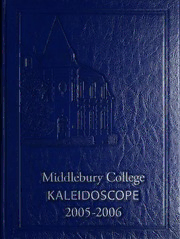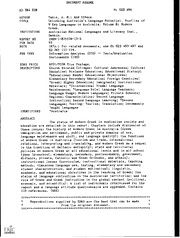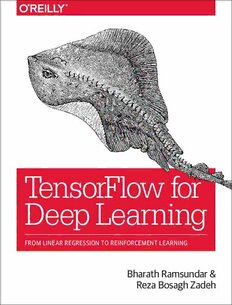
Tensorflow for Deep Learning: From Linear Regression to Reinforcement Learning PDF
Preview Tensorflow for Deep Learning: From Linear Regression to Reinforcement Learning
TensorFlow for Deep Learning FROM LINEAR REGRESSION TO REINFORCEMENT LEARNING Bharath Ramsundar & Reza Bosagh Zadeh TensorFlow for Deep Learning From Linear Regression to Reinforcement Learning Bharath Ramsundar and Reza Bosagh Zadeh BBeeiijjiinngg BBoossttoonn FFaarrnnhhaamm SSeebbaassttooppooll TTookkyyoo TensorFlow for Deep Learning by Bharath Ramsundar and Reza Bosagh Zadeh Copyright © 2018 Reza Zadeh, Bharath Ramsundar. All rights reserved. Printed in the United States of America. Published by O’Reilly Media, Inc., 1005 Gravenstein Highway North, Sebastopol, CA 95472. O’Reilly books may be purchased for educational, business, or sales promotional use. Online editions are also available for most titles (http://oreilly.com/safari). For more information, contact our corporate/insti‐ tutional sales department: 800-998-9938 or corporate@oreilly.com. Editors: Rachel Roumeliotis and Alicia Young Indexer: Judy McConville Production Editor: Kristen Brown Interior Designer: David Futato Copyeditor: Kim Cofer Cover Designer: Karen Montgomery Proofreader: James Fraleigh Illustrator: Rebecca Demarest March 2018: First Edition Revision History for the First Edition 2018-03-01: First Release See http://oreilly.com/catalog/errata.csp?isbn=9781491980453 for release details. The O’Reilly logo is a registered trademark of O’Reilly Media, Inc. TensorFlow for Deep Learning, the cover image, and related trade dress are trademarks of O’Reilly Media, Inc. While the publisher and the authors have used good faith efforts to ensure that the information and instructions contained in this work are accurate, the publisher and the authors disclaim all responsibility for errors or omissions, including without limitation responsibility for damages resulting from the use of or reliance on this work. Use of the information and instructions contained in this work is at your own risk. If any code samples or other technology this work contains or describes is subject to open source licenses or the intellectual property rights of others, it is your responsibility to ensure that your use thereof complies with such licenses and/or rights. 978-1-491-98045-3 [M] Table of Contents Preface. . . . . . . . . . . . . . . . . . . . . . . . . . . . . . . . . . . . . . . . . . . . . . . . . . . . . . . . . . . . . . . . . . . . . . . ix 1. Introduction to Deep Learning. . . . . . . . . . . . . . . . . . . . . . . . . . . . . . . . . . . . . . . . . . . . . . . . . 1 Machine Learning Eats Computer Science 1 Deep Learning Primitives 3 Fully Connected Layer 3 Convolutional Layer 4 Recurrent Neural Network Layers 4 Long Short-Term Memory Cells 5 Deep Learning Architectures 6 LeNet 6 AlexNet 6 ResNet 7 Neural Captioning Model 8 Google Neural Machine Translation 9 One-Shot Models 10 AlphaGo 12 Generative Adversarial Networks 13 Neural Turing Machines 14 Deep Learning Frameworks 15 Limitations of TensorFlow 16 Review 17 2. Introduction to TensorFlow Primitives. . . . . . . . . . . . . . . . . . . . . . . . . . . . . . . . . . . . . . . . . 19 Introducing Tensors 19 Scalars, Vectors, and Matrices 20 Matrix Mathematics 24 Tensors 25 iii Tensors in Physics 27 Mathematical Asides 28 Basic Computations in TensorFlow 29 Installing TensorFlow and Getting Started 29 Initializing Constant Tensors 30 Sampling Random Tensors 31 Tensor Addition and Scaling 32 Matrix Operations 33 Tensor Types 35 Tensor Shape Manipulations 35 Introduction to Broadcasting 37 Imperative and Declarative Programming 37 TensorFlow Graphs 39 TensorFlow Sessions 39 TensorFlow Variables 40 Review 42 3. Linear and Logistic Regression with TensorFlow. . . . . . . . . . . . . . . . . . . . . . . . . . . . . . . . 43 Mathematical Review 43 Functions and Differentiability 44 Loss Functions 45 Gradient Descent 50 Automatic Differentiation Systems 53 Learning with TensorFlow 55 Creating Toy Datasets 55 New TensorFlow Concepts 60 Training Linear and Logistic Models in TensorFlow 64 Linear Regression in TensorFlow 64 Logistic Regression in TensorFlow 73 Review 79 4. Fully Connected Deep Networks. . . . . . . . . . . . . . . . . . . . . . . . . . . . . . . . . . . . . . . . . . . . . . 81 What Is a Fully Connected Deep Network? 81 “Neurons” in Fully Connected Networks 83 Learning Fully Connected Networks with Backpropagation 85 Universal Convergence Theorem 87 Why Deep Networks? 88 Training Fully Connected Neural Networks 89 Learnable Representations 89 Activations 89 Fully Connected Networks Memorize 90 Regularization 90 iv | Table of Contents Training Fully Connected Networks 94 Implementation in TensorFlow 94 Installing DeepChem 94 Tox21 Dataset 95 Accepting Minibatches of Placeholders 96 Implementing a Hidden Layer 96 Adding Dropout to a Hidden Layer 97 Implementing Minibatching 98 Evaluating Model Accuracy 98 Using TensorBoard to Track Model Convergence 99 Review 101 5. Hyperparameter Optimization. . . . . . . . . . . . . . . . . . . . . . . . . . . . . . . . . . . . . . . . . . . . . . 103 Model Evaluation and Hyperparameter Optimization 104 Metrics, Metrics, Metrics 105 Binary Classification Metrics 106 Multiclass Classification Metrics 108 Regression Metrics 110 Hyperparameter Optimization Algorithms 110 Setting Up a Baseline 111 Graduate Student Descent 113 Grid Search 114 Random Hyperparameter Search 115 Challenge for the Reader 116 Review 117 6. Convolutional Neural Networks. . . . . . . . . . . . . . . . . . . . . . . . . . . . . . . . . . . . . . . . . . . . . 119 Introduction to Convolutional Architectures 120 Local Receptive Fields 120 Convolutional Kernels 122 Pooling Layers 125 Constructing Convolutional Networks 125 Dilated Convolutions 126 Applications of Convolutional Networks 127 Object Detection and Localization 127 Image Segmentation 128 Graph Convolutions 129 Generating Images with Variational Autoencoders 131 Training a Convolutional Network in TensorFlow 134 The MNIST Dataset 134 Loading MNIST 135 TensorFlow Convolutional Primitives 138 Table of Contents | v The Convolutional Architecture 140 Evaluating Trained Models 144 Challenge for the Reader 146 Review 146 7. Recurrent Neural Networks. . . . . . . . . . . . . . . . . . . . . . . . . . . . . . . . . . . . . . . . . . . . . . . . . 149 Overview of Recurrent Architectures 150 Recurrent Cells 152 Long Short-Term Memory (LSTM) 152 Gated Recurrent Units (GRU) 154 Applications of Recurrent Models 154 Sampling from Recurrent Networks 154 Seq2seq Models 155 Neural Turing Machines 157 Working with Recurrent Neural Networks in Practice 159 Processing the Penn Treebank Corpus 159 Code for Preprocessing 160 Loading Data into TensorFlow 162 The Basic Recurrent Architecture 164 Challenge for the Reader 166 Review 166 8. Reinforcement Learning. . . . . . . . . . . . . . . . . . . . . . . . . . . . . . . . . . . . . . . . . . . . . . . . . . . 169 Markov Decision Processes 173 Reinforcement Learning Algorithms 175 Q-Learning 176 Policy Learning 177 Asynchronous Training 179 Limits of Reinforcement Learning 179 Playing Tic-Tac-Toe 181 Object Orientation 181 Abstract Environment 182 Tic-Tac-Toe Environment 182 The Layer Abstraction 185 Defining a Graph of Layers 188 The A3C Algorithm 192 The A3C Loss Function 196 Defining Workers 198 Training the Policy 201 Challenge for the Reader 203 Review 203 vi | Table of Contents 9. Training Large Deep Networks. . . . . . . . . . . . . . . . . . . . . . . . . . . . . . . . . . . . . . . . . . . . . . 205 Custom Hardware for Deep Networks 205 CPU Training 206 GPU Training 207 Tensor Processing Units 209 Field Programmable Gate Arrays 211 Neuromorphic Chips 211 Distributed Deep Network Training 212 Data Parallelism 213 Model Parallelism 214 Data Parallel Training with Multiple GPUs on Cifar10 215 Downloading and Loading the DATA 216 Deep Dive on the Architecture 218 Training on Multiple GPUs 220 Challenge for the Reader 223 Review 223 10. The Future of Deep Learning. . . . . . . . . . . . . . . . . . . . . . . . . . . . . . . . . . . . . . . . . . . . . . . . 225 Deep Learning Outside the Tech Industry 226 Deep Learning in the Pharmaceutical Industry 226 Deep Learning in Law 227 Deep Learning for Robotics 227 Deep Learning in Agriculture 228 Using Deep Learning Ethically 228 Is Artificial General Intelligence Imminent? 230 Where to Go from Here? 231 Index. . . . . . . . . . . . . . . . . . . . . . . . . . . . . . . . . . . . . . . . . . . . . . . . . . . . . . . . . . . . . . . . . . . . . . . 233 Table of Contents | vii
The list of books you might like

Credence

Do Epic Shit

The Strength In Our Scars

$100m Offers

The Bright Book of Life
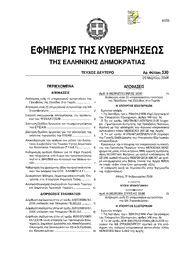
Greek Government Gazette: Part 2, 2006 no. 330
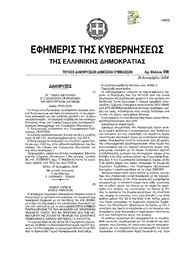
Greek Government Gazette: Part 7, 2006 no. 916
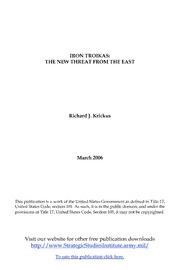
Iron Troikas - The New Threat from the East (2006)
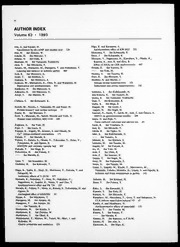
Japanese Journal of Pharmacology 1993: Vol 63 Index

Bonding and Compounds of Less Abundant Metals
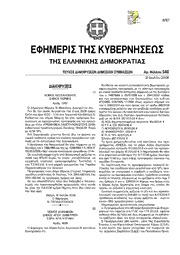
Greek Government Gazette: Part 7, 2006 no. 540

Steinberg's Fixed Price List: 1993

Greek Government Gazette: Part 7, 2006 no. 666
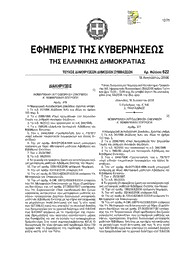
Greek Government Gazette: Part 7, 2006 no. 622

DTIC ADA606152: Evaluating the Contribution of Uncertainty Management to a Fusion System
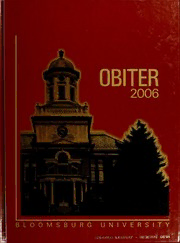
Obiter
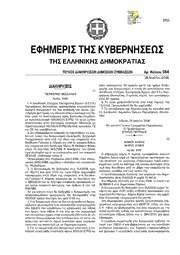
Greek Government Gazette: Part 7, 2006 no. 564

2011 EAR - Final.pdf - City of Live Oak

El arte de la ficción

Sedimentary Geology 2004: Vol 170 Index
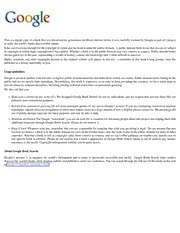
Mānava mana kī kahāniyām̐
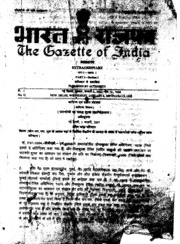
Extraordinary Gazette of India, 2007, No. 6
